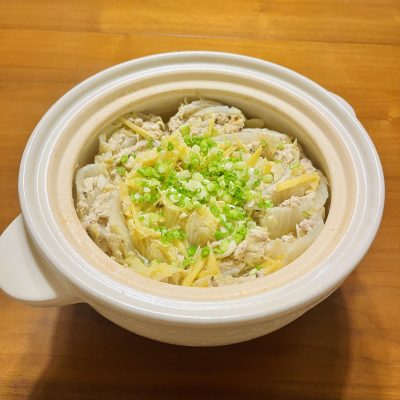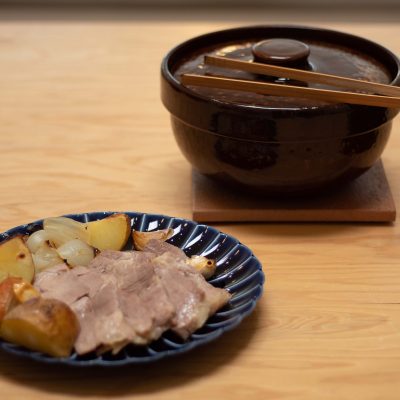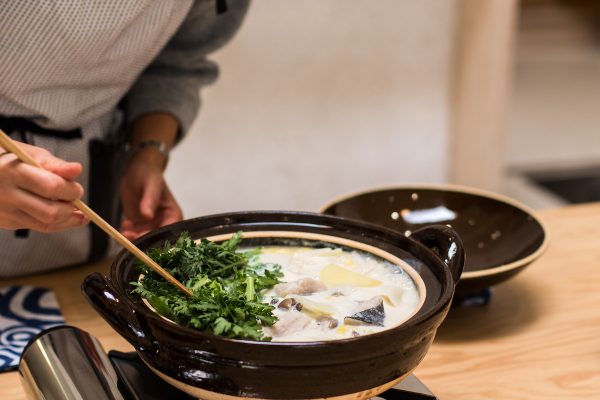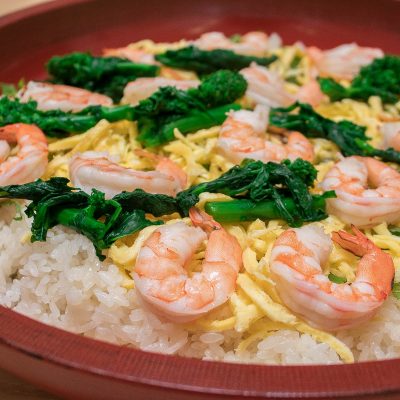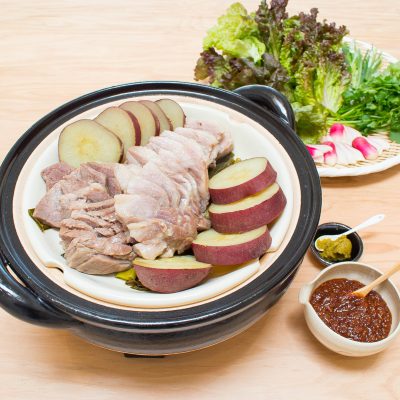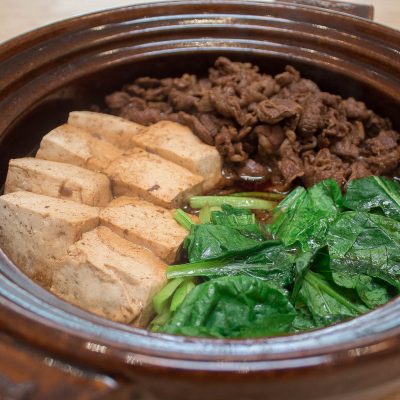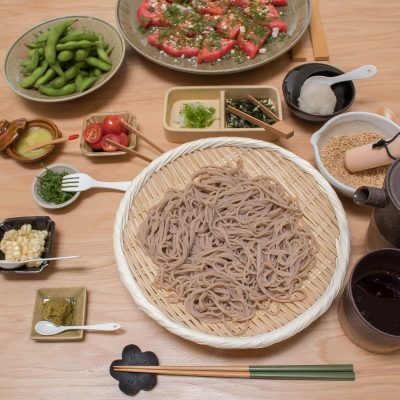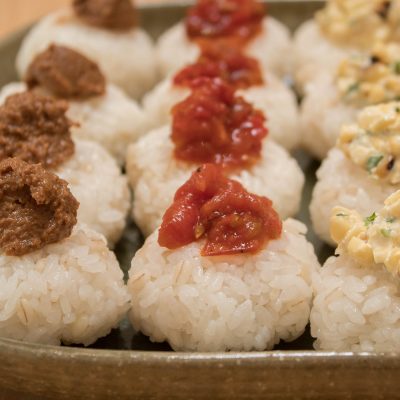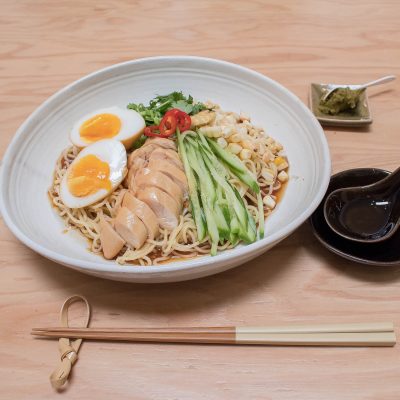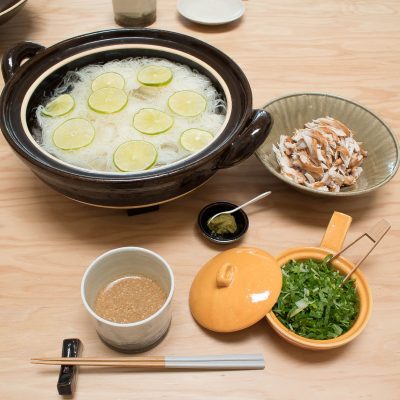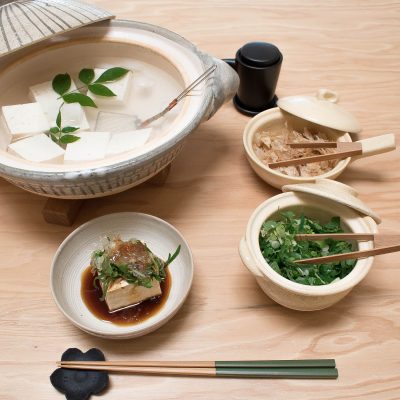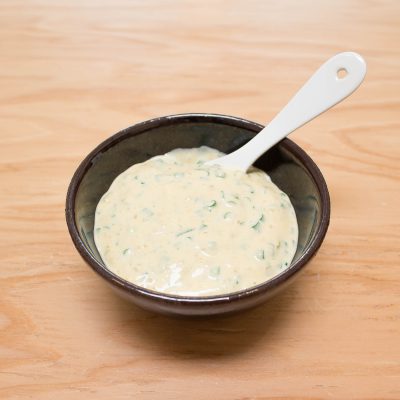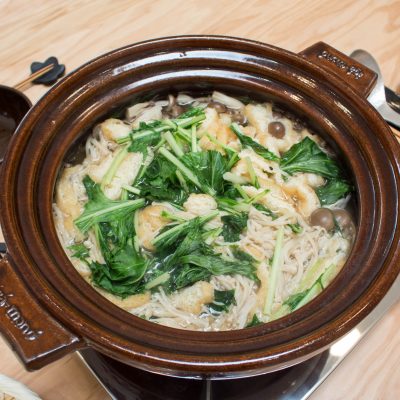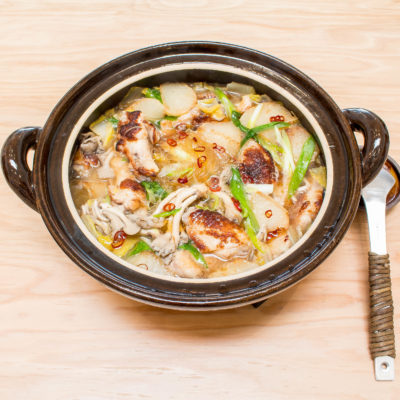Mushi Moshio-Buta
This dish was inspired by a popular Korean dish, bossam, which I love. In bossam, boiled pork belly block is sliced and served with condiments, and you can make a wrap with a napa cabbage leaf. In my version, I start with a pork shoulder block and marinade it with Moshio (seaweed sea salt) for overnight to a full day. If you don’t have moshio, you can use other kind sea salt, but moshio really makes the flavor so rich and complex, and also tenderize the meat very well. The meat is, then, steamed in donabe, and sliced to serve with lettuce leaves and condiments. You can make it with pork belly, too.
This dish is so simple to make and is also real fun dish to share at a table. All you have to do for cooking is simply put a block of salt-marinated pork shoulder in the Mushi Nabe, and steam for about 30 minutes or until done. When you are entertaining guests, you can pre-cook the meat in advance, and just reheat in the donabe before service. If you slice the meat in front of the guests, it will bring out more excitement. Then, at the table, you can have lettuce and condiments ready, and everybody can make his/ her own wraps. The meat is so tender and flavorful, and it’s pretty hard to stop eating once you start.


